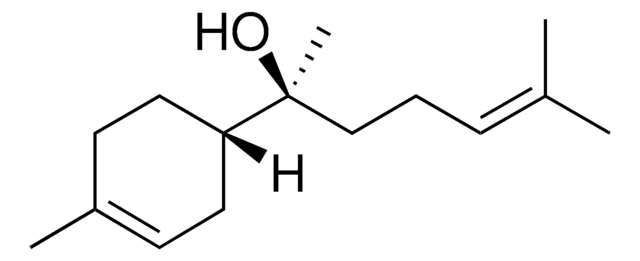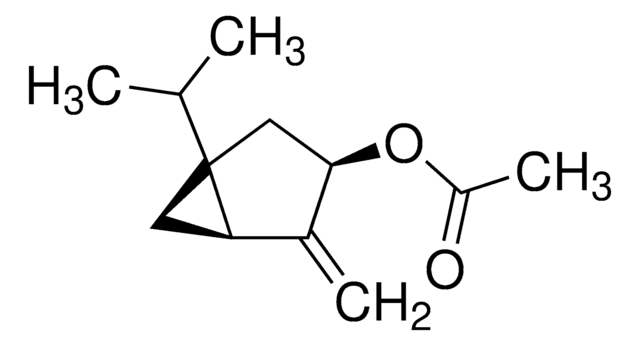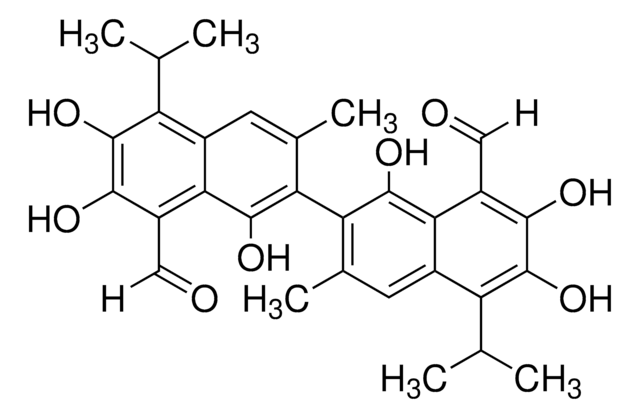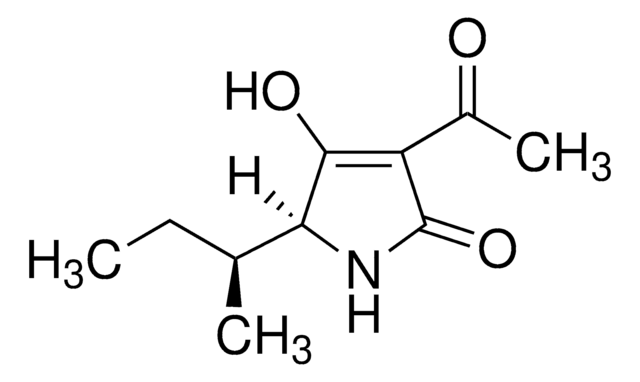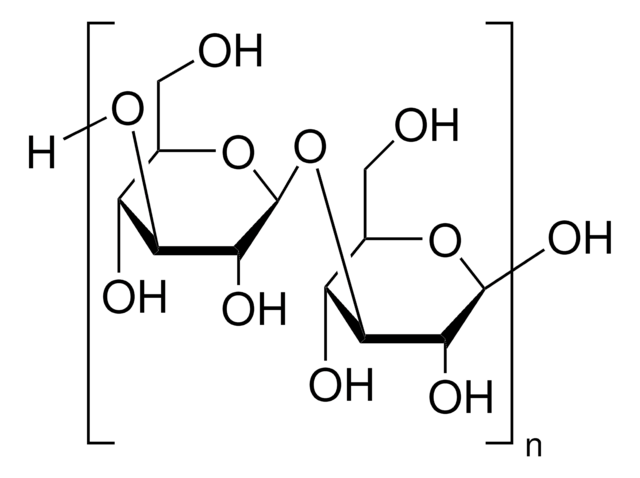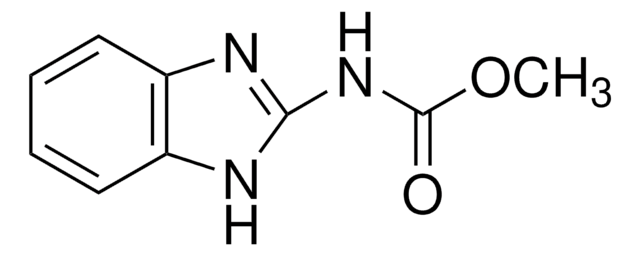R102-05N
Rat Epidermal Keratinocytes: REK, neonatal
About This Item
Produits recommandés
Source biologique
rat skin (Sprague Dawley)
Niveau de qualité
Conditionnement
pkg of 500,000 cells
Fabricant/nom de marque
Cell Applications, Inc
Mode de croissance
Adherent
Morphologie
Epidermal
Technique(s)
cell culture | mammalian: suitable
Maladie(s) pertinente(s)
allergies; cancer
Conditions d'expédition
dry ice
Température de stockage
−196°C
Description générale
REK from Cell Applications, Inc. provide a suitable model system to study many aspects of epithelial function and disease, particularly those related to skin biology and toxicology. It was shown that TGFβ1 treatment decreased c-Myc mRNA in REK which, taken together with the TGFβ1-induced growth arrest exhibited by keratinocytes and opposite results obtained in other cells, suggests a correlation between c-Myc mRNA expression and the mitogenic response (Nakai, 2008). Additionally, REK were used to demonstrate that pathological increases in keratinocyte sodium channels Nav1.1, Nav1.6, and Nav1.8 expression may contribute to pain by increasing epidermal ATP release, resulting in excessive activation of P2X receptors on primary sensory axons (Zhao, 2008). REK were also used to demonstrate that laminin 332 deposition is inhibited by ionizing radiation and, in combination with slower keratinocyte migration, can contribute to the delayed wound healing of irradiated skin (Jourdan, 2011).
Origine de la lignée cellulaire
Application
Composants
Qualité
Notes préparatoires
- Primary culture, >500,000 cells in Rat Keratinocyte Basal Medium that contains 10% FBS and 10% DMSO
- These epithelial cells proliferate well when thawed and plated from cryopreservation, but they do not plate and proliferate after trypsinization
Procédure de repiquage
Code de la classe de stockage
10 - Combustible liquids
Classe de danger pour l'eau (WGK)
WGK 3
Point d'éclair (°F)
Not applicable
Point d'éclair (°C)
Not applicable
Faites votre choix parmi les versions les plus récentes :
Certificats d'analyse (COA)
Désolés, nous n'avons pas de COA pour ce produit disponible en ligne pour le moment.
Si vous avez besoin d'assistance, veuillez contacter Service Clients
Déjà en possession de ce produit ?
Retrouvez la documentation relative aux produits que vous avez récemment achetés dans la Bibliothèque de documents.
Notre équipe de scientifiques dispose d'une expérience dans tous les secteurs de la recherche, notamment en sciences de la vie, science des matériaux, synthèse chimique, chromatographie, analyse et dans de nombreux autres domaines..
Contacter notre Service technique